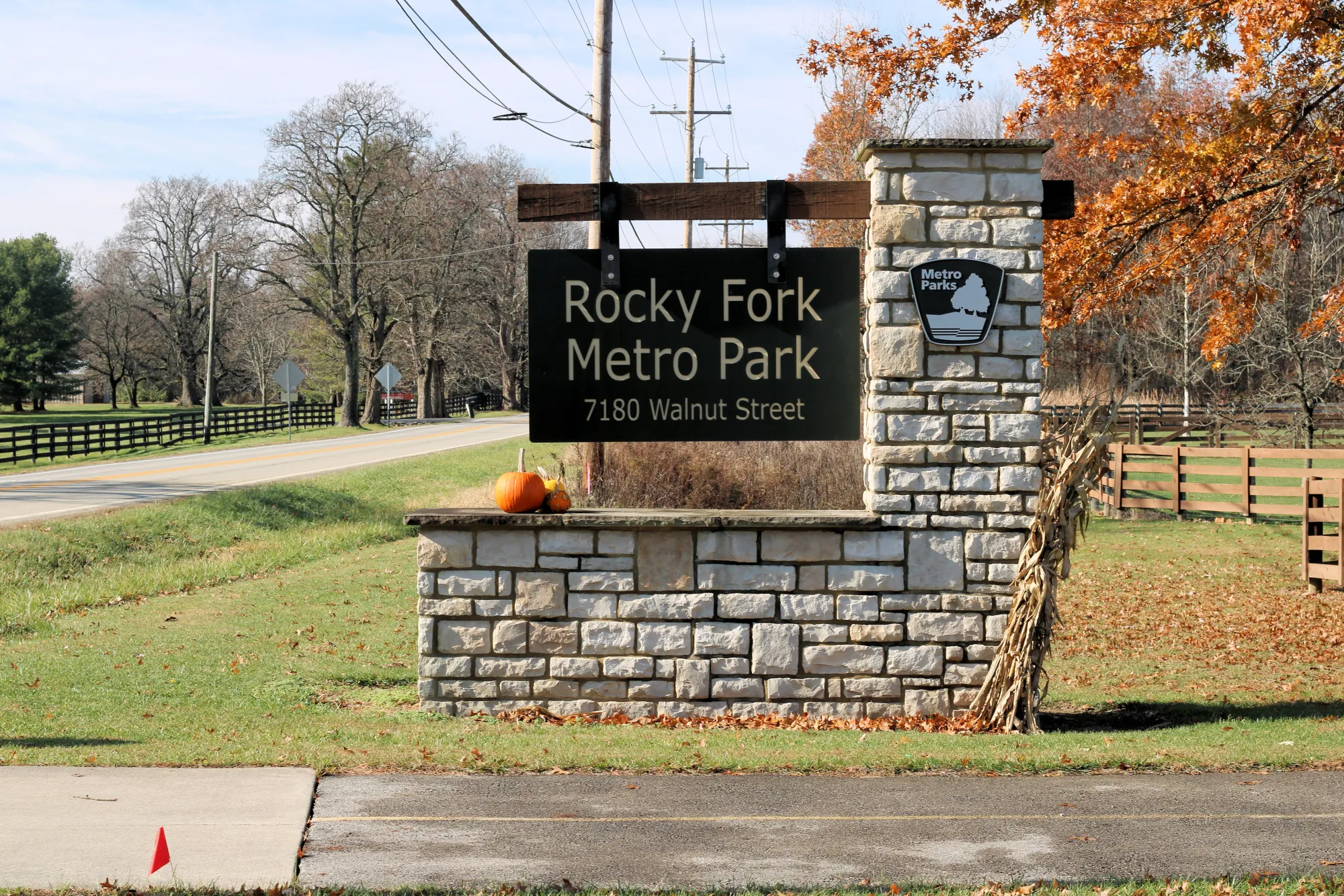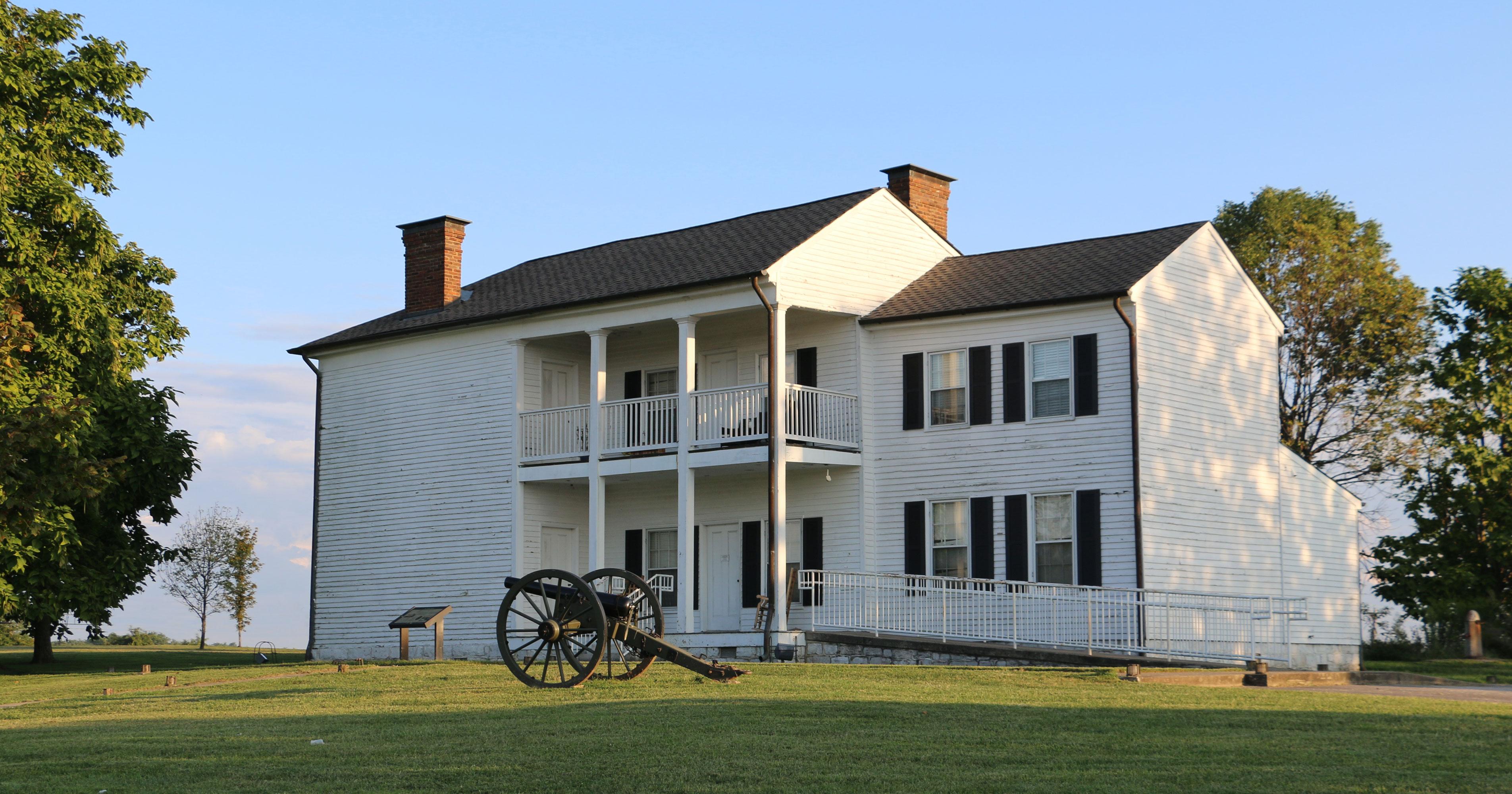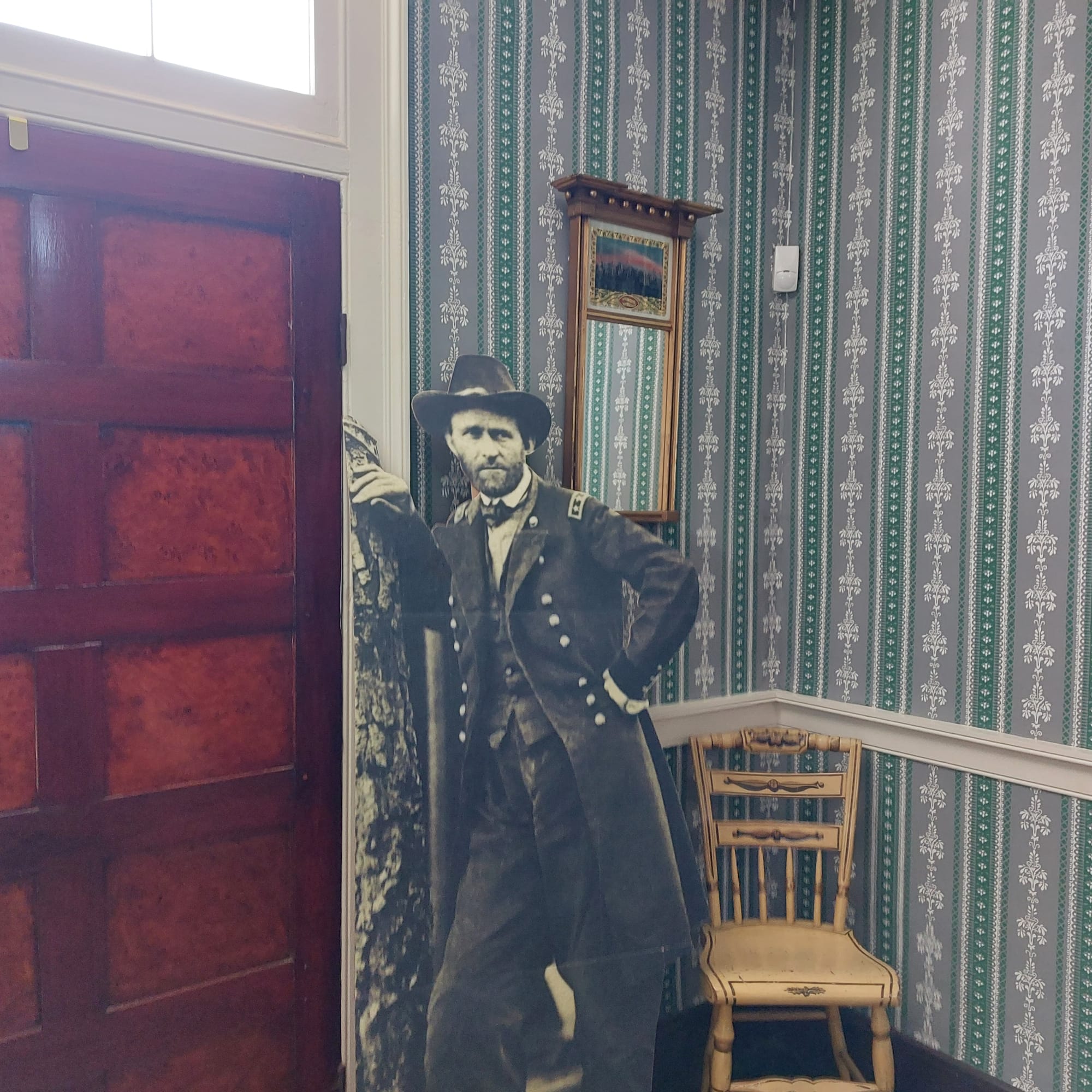
Ulysses S. Grant Birthplace and Boyhood Home
Trail Map
Interactive map showing the trail route for Ulysses S. Grant Birthplace and Boyhood Home. The map displays topographic information and trail markers.
Elevation Profile
Elevation data not available for this trail.
Chart showing elevation changes along the trail distance. Hover or focus on the chart to see specific elevation values at each point.
Although there are no hiking trails at the Ulysses S. Grant Birthplace and Boyhood Home and Schoolhouse, there is plenty of walking to do at both locations. It is definitely worth a visit.
Grant was the 18th President of the United States and commanding general of the Union Army during the American Civil War, was born and spent his early years in Ohio.
Birthplace: Moscow, Ohio
- Ulysses S. Grant, the 18th President of the United States, was born on April 27, 1822, in a small frame cottage located in Clermont County, Ohio.
- The address is: 1551 Ohio 232, Moscow, OH 45153
- Contact number is (513) 497-0492
- Admission is currently FREE
- Hours:
April -September:
Wed. - Sat., 10 a.m. to 5 p.m. and Sun., 1 p.m. to 5 p.m.
Closed Monday and Tuesday. Closed Independence Day.
PLEASE NOTE: The site is closed Wednesday- Saturday, 12:30 - 1 p.m. for staff lunch. - His birthplace is a modest, one-room cottage that his father, Jesse Grant, built in 1817. The house is a simple, wood-frame structure typical of the early 19th century frontier architecture.
- Grant's birthplace was dismantled and moved to the Ohio State Fairgrounds. It was rebuilt inside a brick building and tours were conducted.

- The Grant Birthplace has been preserved and restored, now operating as a museum managed by the Ohio History Connection. Visitors can tour the home, which contains period furnishings and exhibits related to Grant's early life and career.

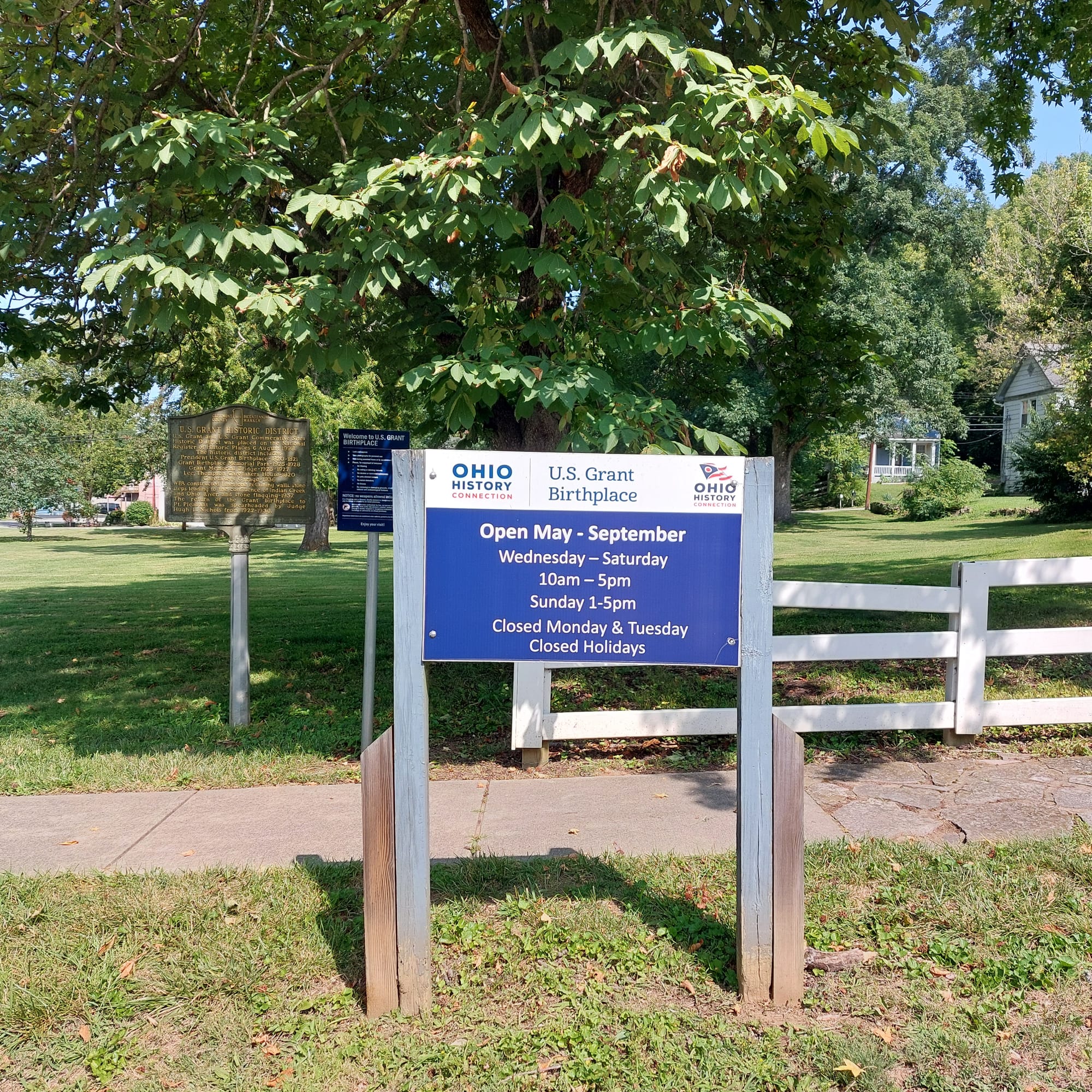
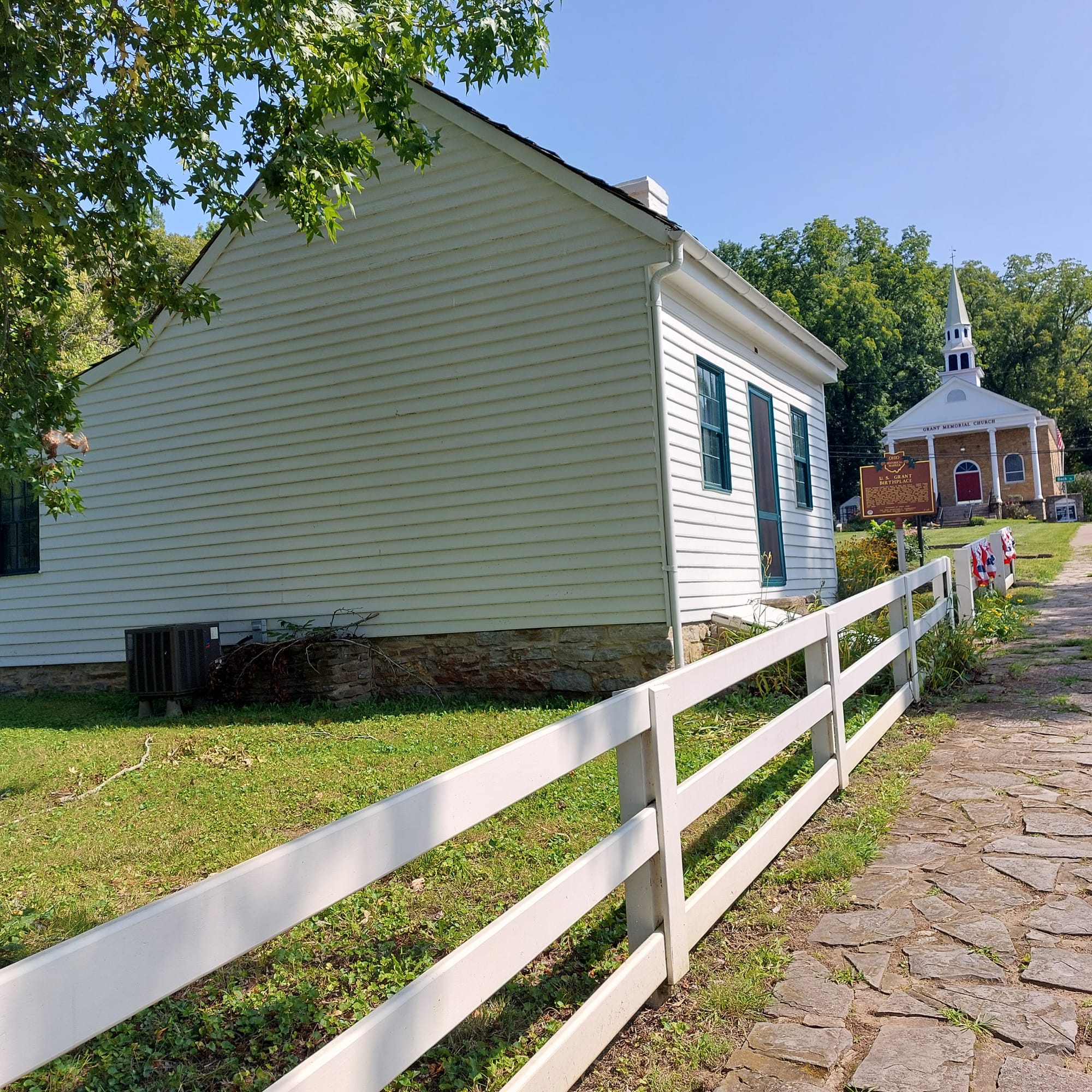




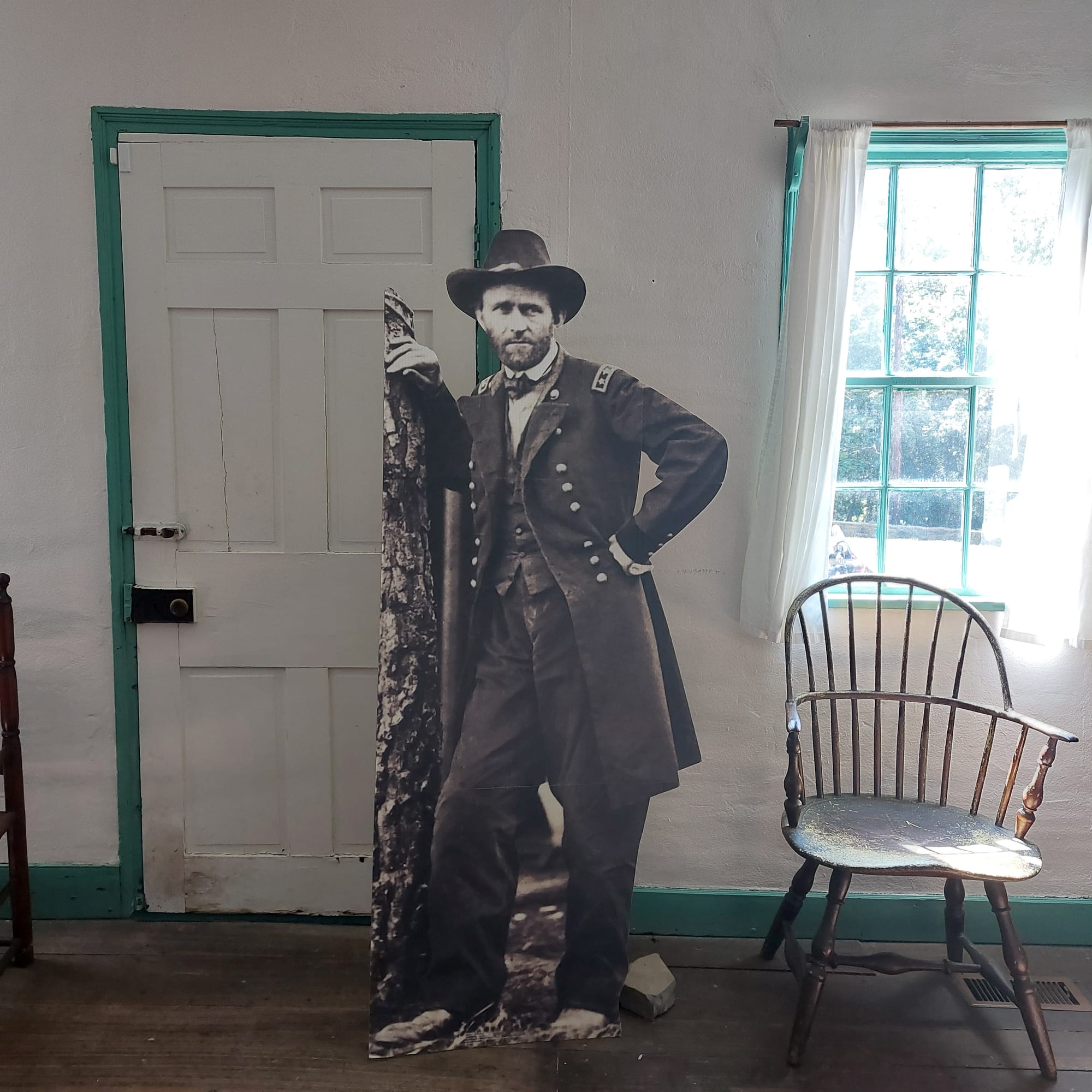
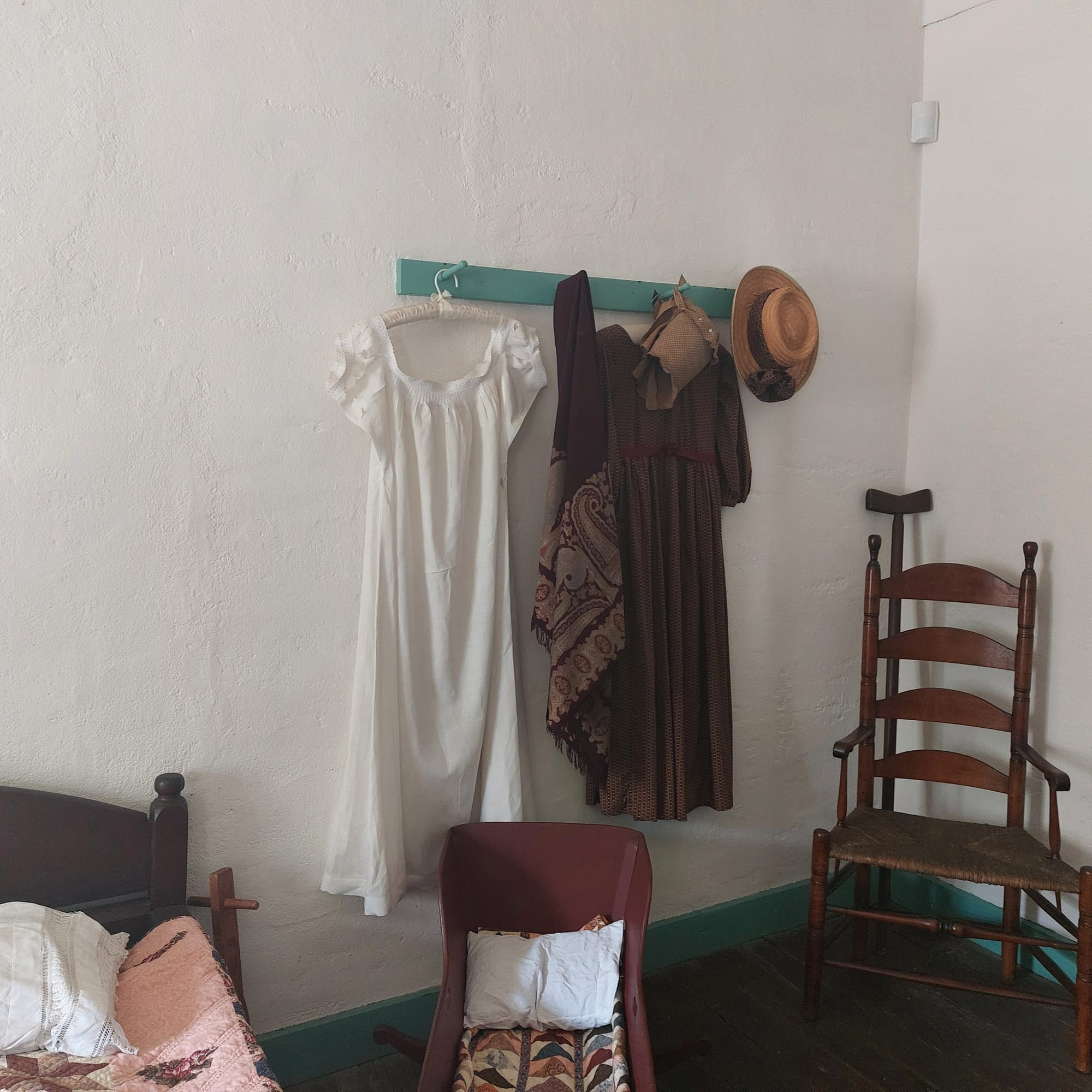
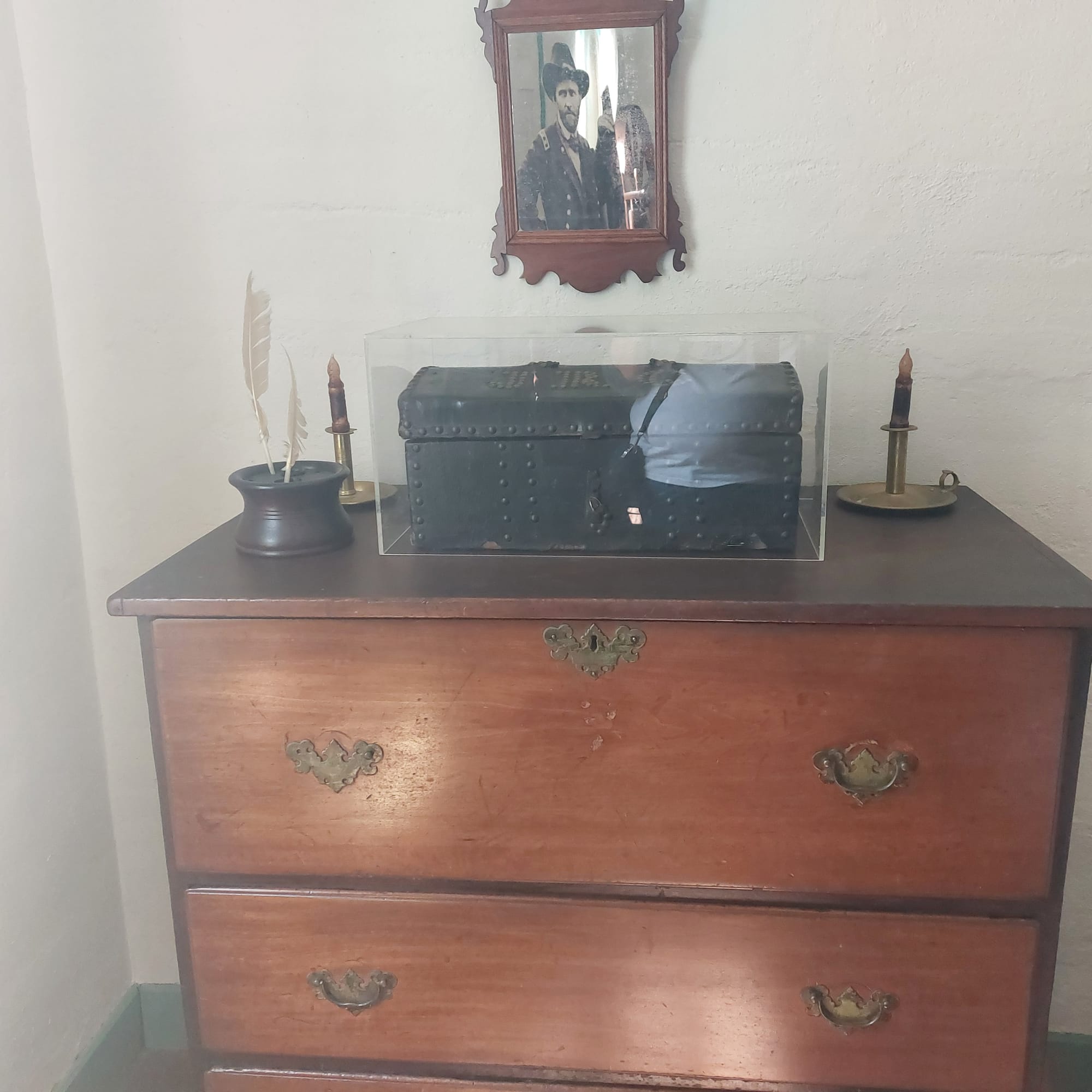
Grant Memorial Bridge: Moscow, Ohio
The Grant Memorial Bridge in Moscow, Ohio, is a notable structure that spans the Ohio River. Named in honor of Ulysses S. Grant, the bridge connects Moscow, Ohio, with the town of New Richmond, Ohio. It was completed in 1920 and is an important crossing in the region, facilitating transportation and commerce between the two communities.
The Grant Memorial Bridge in Moscow, Ohio, underwent a significant reconstruction project that was completed in 2015. The original bridge had deteriorated over the years and required extensive repairs.
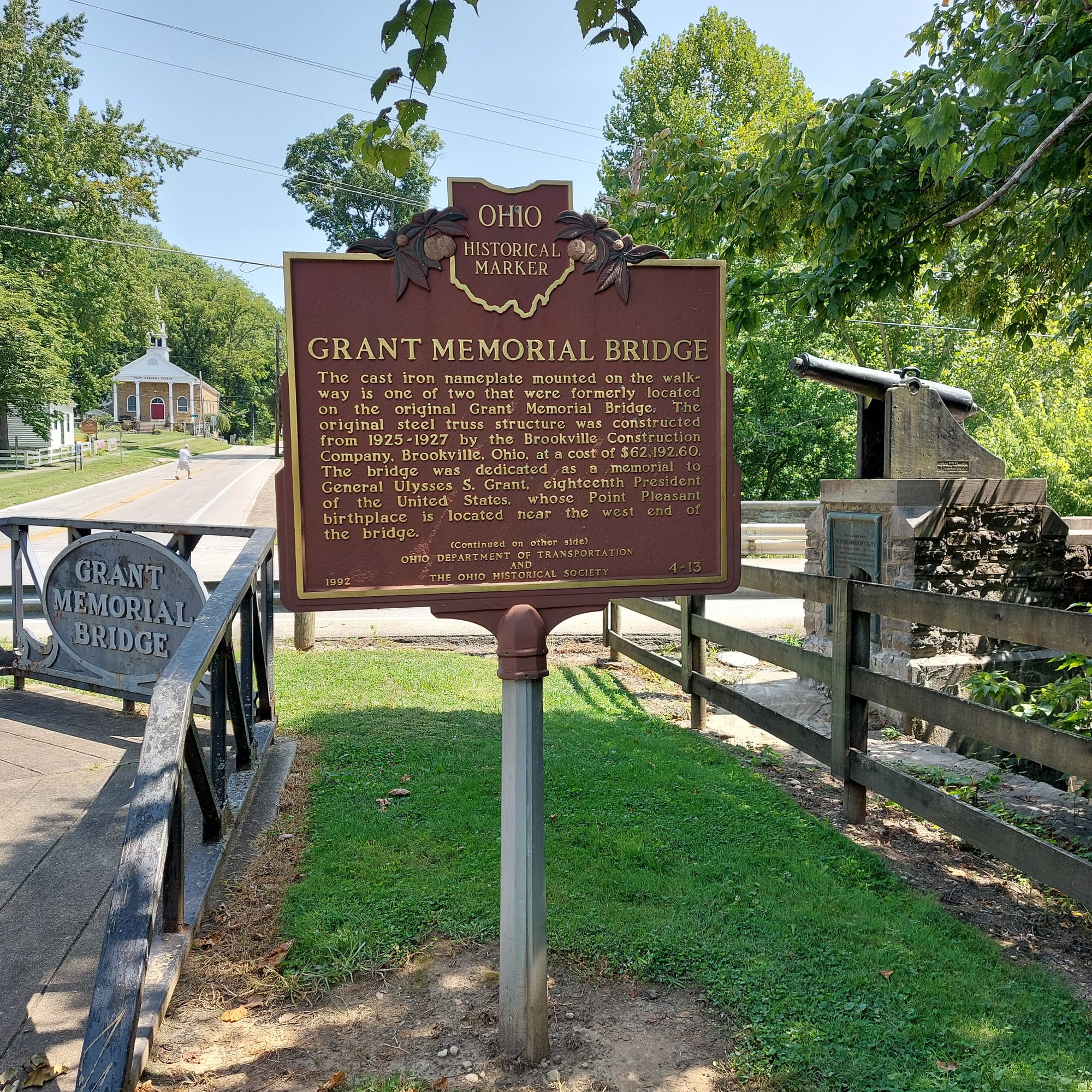
Boyhood Home and Schoolhouse: Georgetown, Ohio
- When Grant was about a year old, his family moved to Georgetown, Ohio, about 25 miles east. He spent most of his childhood and teenage years there.
- The Boyhood Home address is: 219 E. Grant Ave., Georgetown, OH 45121

- The Schoolhouse address is: 508 South Water St., Georgetown, OH 45121
- Contact number is 877-372-8177
- Hours:
Open May 1st - October 31st or by other appointment
Open Wednesday - Sunday 12pm to 5pm
Closed Monday and Tuesday unless by appointment.
Admission of $5.00 for adults and $3.00 for children covers both the Boyhood Home and Schoolhouse. OHC and USGHA members have complimentary admittance.
- In Georgetown, the Grant family lived in a larger home, which Jesse Grant built after becoming successful as a tanner. The house is a two-story brick building that still stands today and serves as a historic site open to the public.
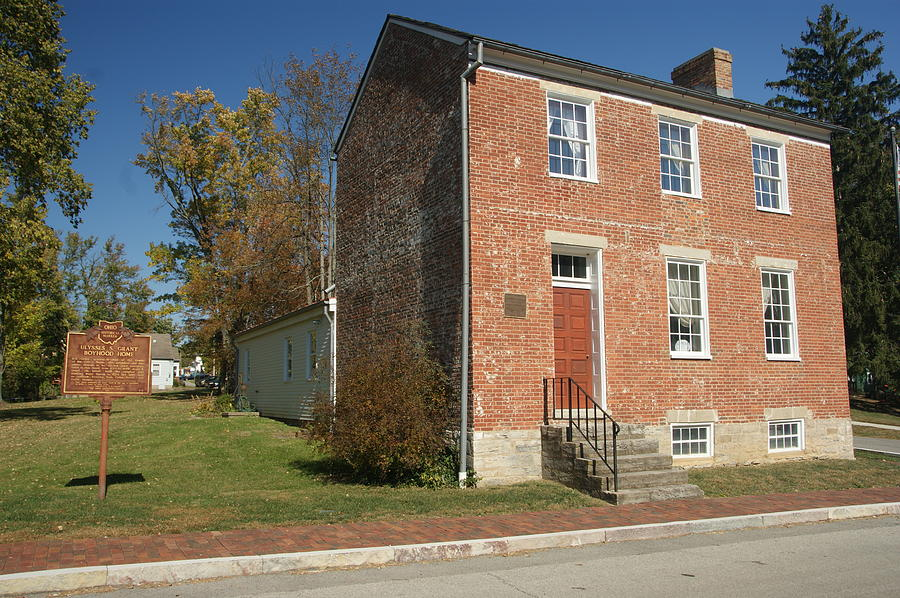
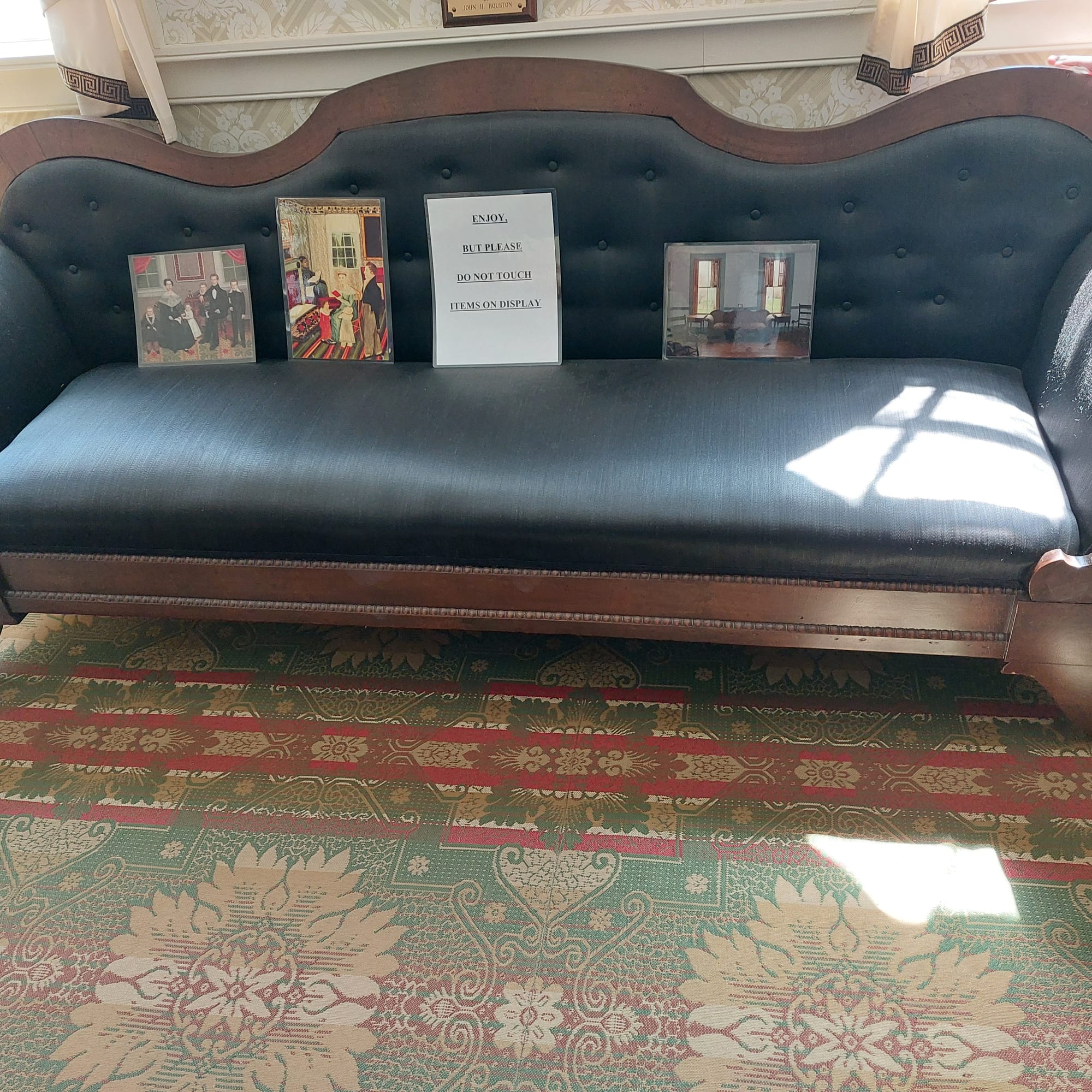
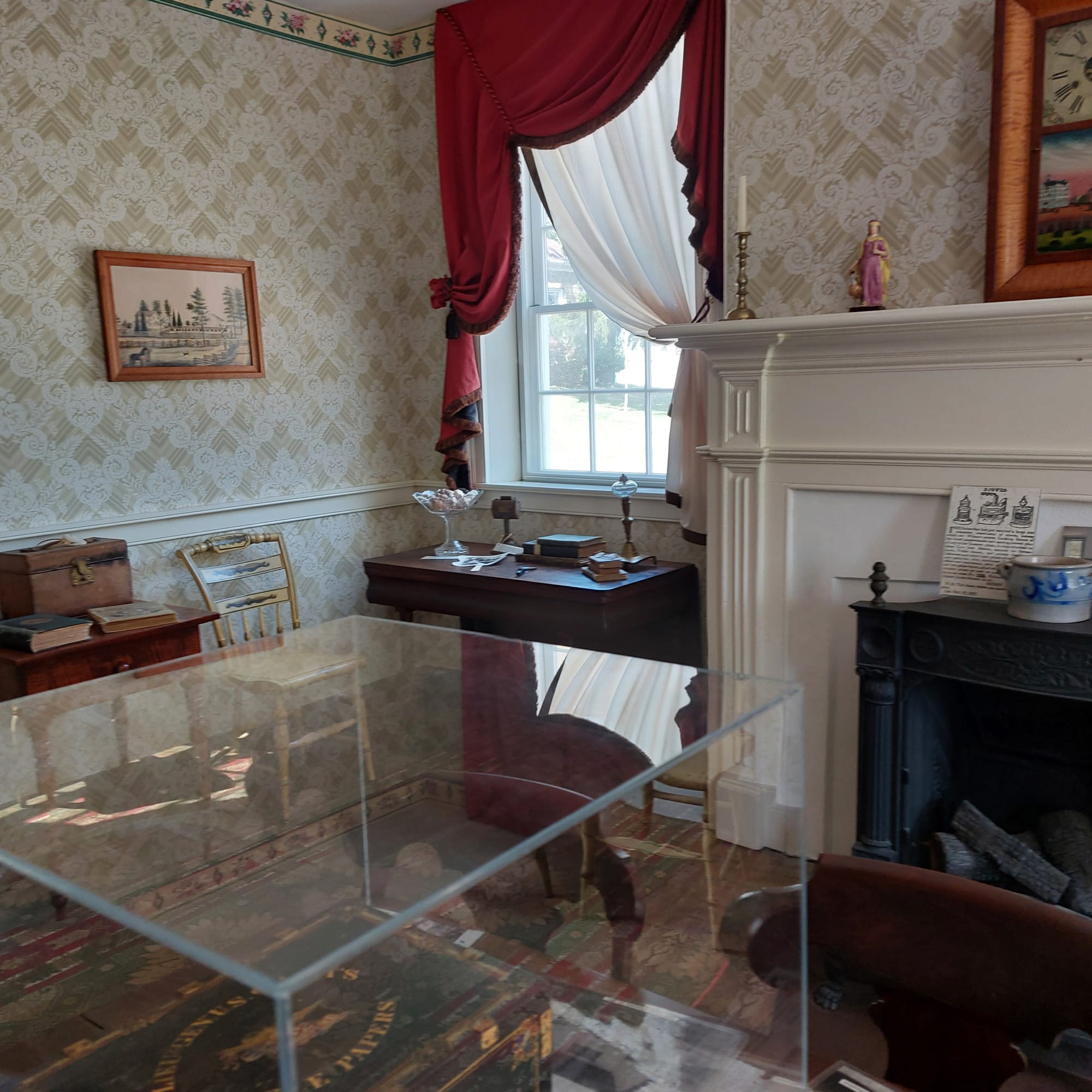
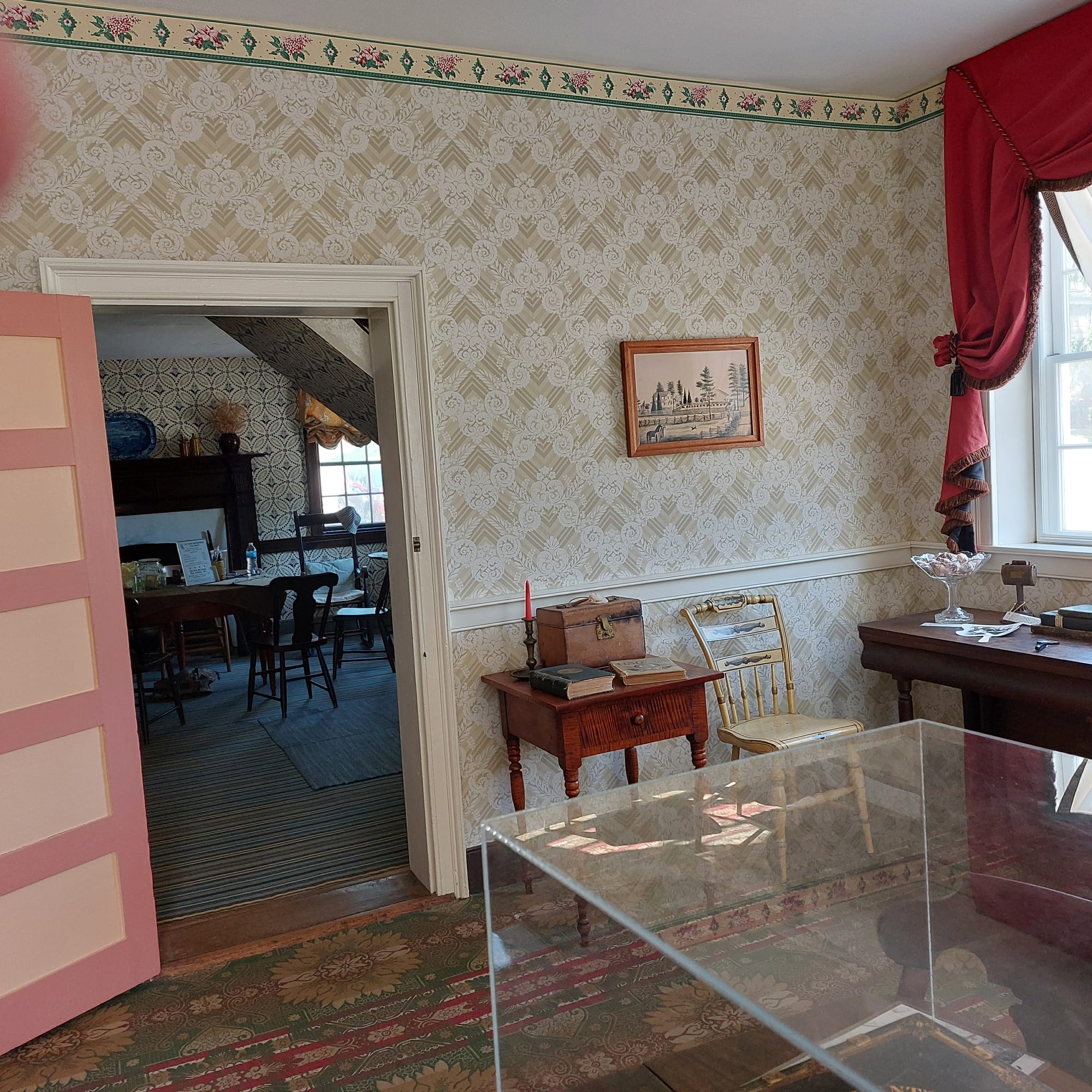
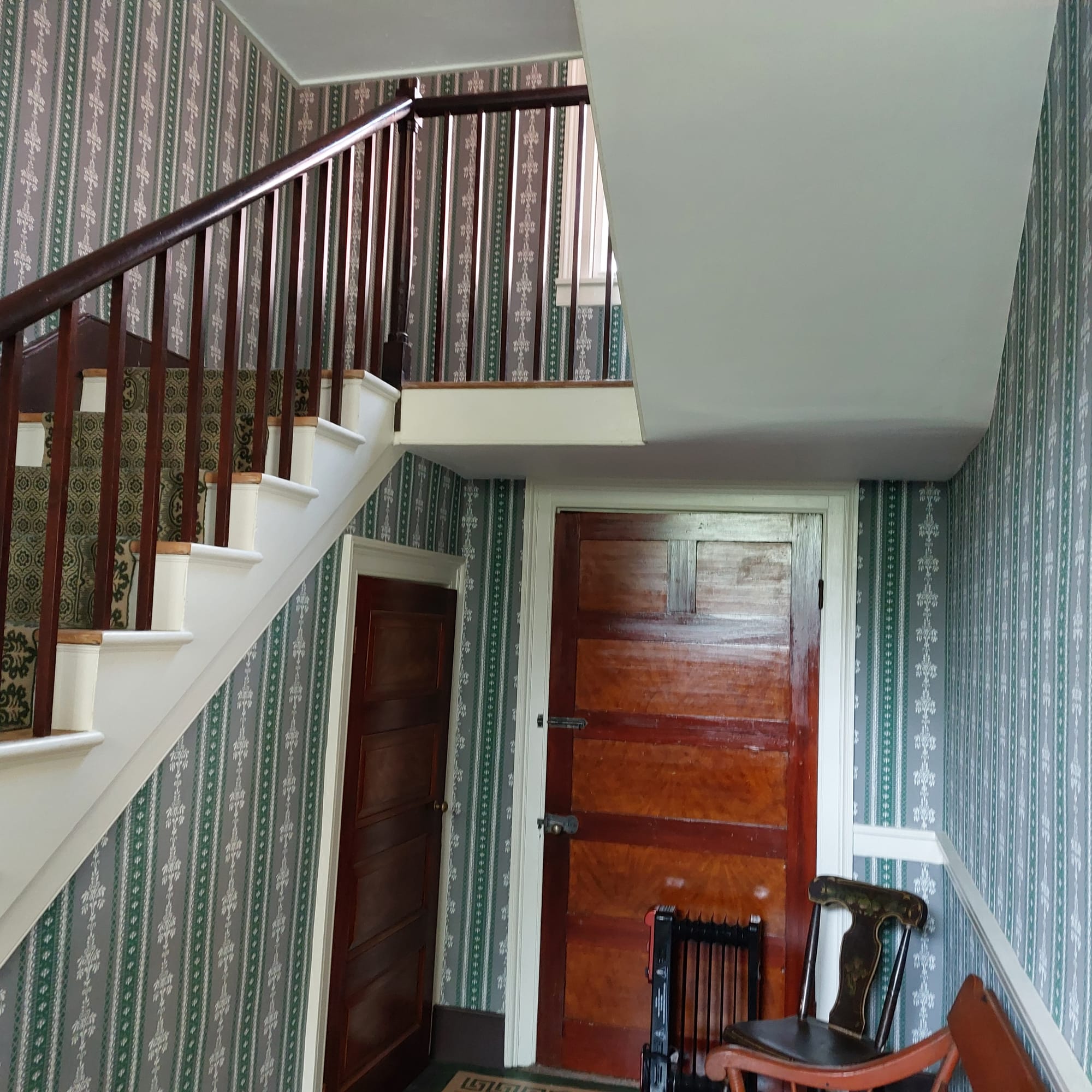
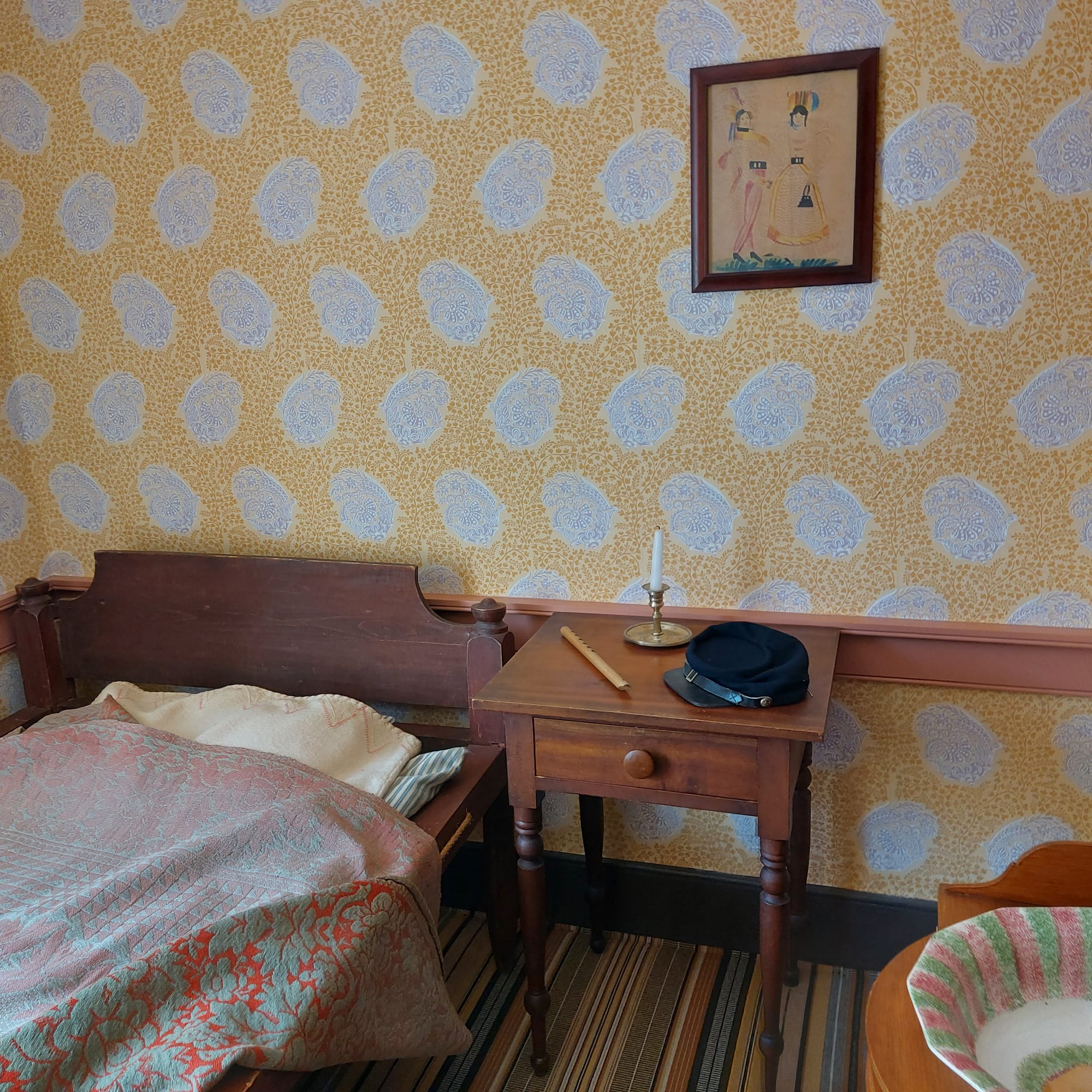




- The Ulysses S. Grant Boyhood Home is part of the U.S. Grant Homestead Association. The home has been restored to reflect the period when Grant lived there.
- The Ohio History Connection and local heritage organizations promote visits to the Grant Birthplace and Boyhood Home as part of a self-guided driving tour that also includes other historic sites in Ohio related to Grant and the Civil War era.
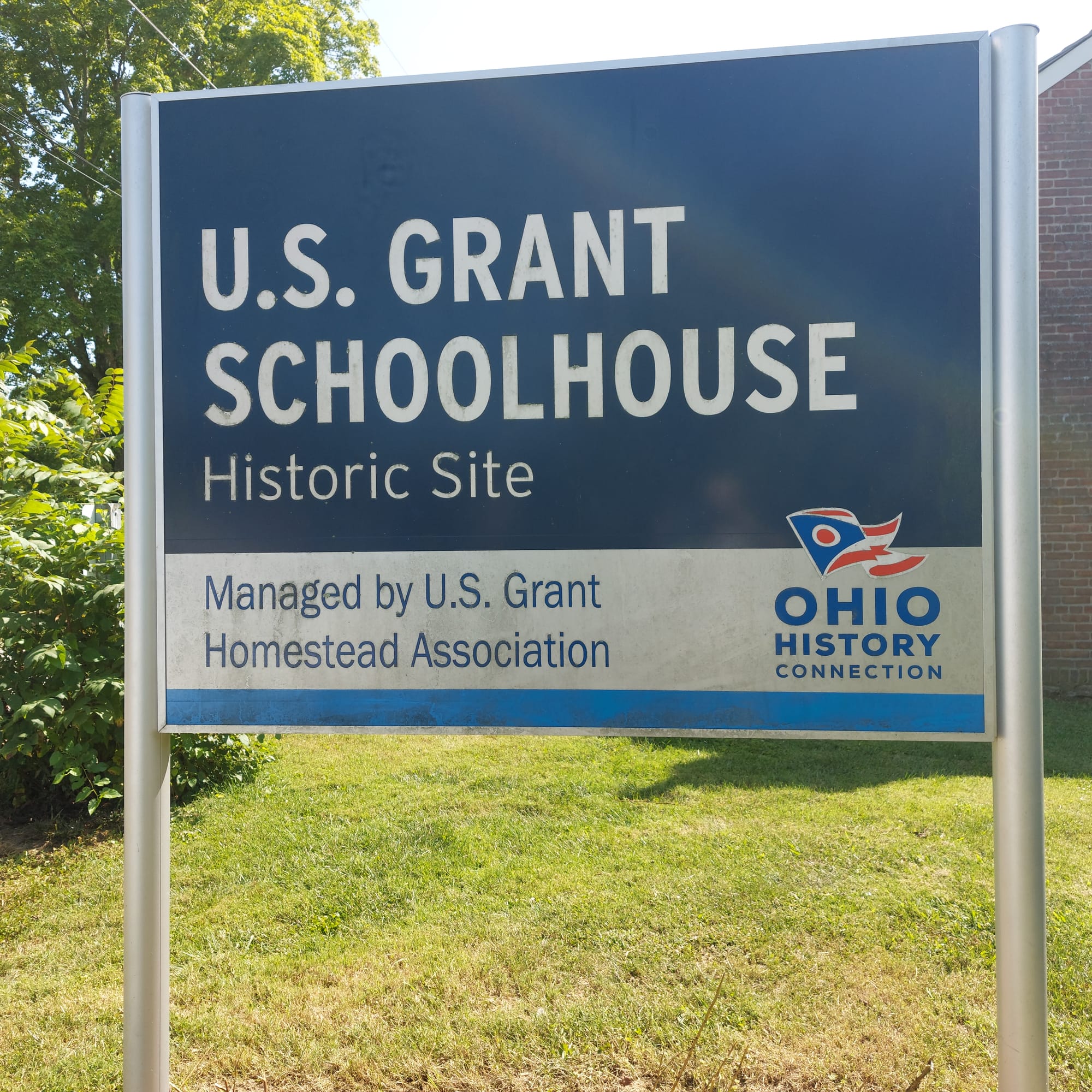

The Early Years
- As a child, Ulysses was called "Hiram" by his family, from his birth name, Hiram Ulysses Grant.
- He would later become known as Ulysses S. Grant after a clerical error at West Point listed his name as such, and he adopted the new name to avoid confusion.
- Young Ulysses was known to be quiet, shy, and somewhat reserved. He did not like his father's tannery business, finding the work unpleasant, smelly and he preferred outdoor activities.
- Grant displayed a talent with horses. His family and neighbors quickly recognized his abilities. By the age of five, Grant was already riding horses.
- He became known in his community as an exceptional horseman. He could break and train horses that others could not.
- One famous story from Grant's childhood involves his ability to drive a team of horses when he was only seven years old. He was tasked with transporting a load of wood, a job typically done by adults. Grant skillfully managed the team of horses, impressing those who witnessed his abilities.
- At the age of nine, he was already entrusted to drive horses for long distances. He earned money by transporting people and goods in a wagon.
- His talent with horses continued during his time at the United States Military Academy at West Point, where he earned a reputation as the finest horseman in his class.
- He set a high jump record on a horse named York, a record that stood for decades. His skill with horses was so notable that it overshadowed his otherwise average academic performance at the academy.
Civil War
- Prior to the Civil War, Ulysses S. Grant attended the United States Military Academy at West Point. He graduated in 1843.
- He served in the Mexican American War (1846–1848) but resigned from the Army in 1854 due to allegations of drinking.
- In 1861, Grant volunteered for service, initially organizing and training regiments for the Union Army in Illinois.
- Grant's first major success in the Civil War came in February 1862 with the capture of Fort Henry and Fort Donelson in Tennessee, earning him the nickname "Unconditional Surrender" Grant.
- His victory at the Battle of Shiloh in April 1862 was important but the battle cost many lives.
- He led the Union Army in a series of campaigns in the Mississippi Valley, culminating in the Siege of Vicksburg in July 1863. The fall of Vicksburg was a turning point in the war, giving the Union control of the Mississippi River and splitting the Confederacy in two.
- President Abraham Lincoln appointed him General-in-Chief of all Union armies in March 1864.
- In the Overland Campaign of 1864, Grant engaged Confederate General Robert E. Lee’s Army of Northern Virginia in a series of brutal battles.
- Grant laid siege to Petersburg, Virginia, which ultimately led to the fall of Richmond, the Confederate capital, in April 1865.
- On April 9, 1865, Lee surrendered to Grant at Appomattox Court House, effectively ending the Civil War.
Ulysses S. Grant’s Presidency (1869-1877)
- After the Civil War, Grant became a national hero, and the Republican Party nominated him for president in 1868. He won the election easily, promising to support Reconstruction and civil rights for formerly enslaved people.
- Grant supported the 15th Amendment, which aimed to protect African American men’s right to vote.
- He also signed the Civil Rights Act of 1875, which aimed to guarantee equal rights in public accommodations and jury service.
- Grant was a strong supporter of Reconstruction efforts in the South, using federal troops to protect African American voters and combat the Ku Klux Klan and other white supremacist groups.
- Members of Grant's administration was involved in a series of scandals such as the Credit Mobilier Scandal and the Whiskey Ring Scandal. While he was not directly involved in these corrupt activities, his reputation suffered due to his loyalty to corrupt associates and his inability to prevent such misconduct.
- The Panic of 1873, a severe economic depression, also marred Grant’s presidency.
- He pursued peaceful relations with Great Britain, resolving the "Alabama Claims" through arbitration, which helped to strengthen U.S.-British relations.
- His administration attempted to annex the Dominican Republic, a controversial proposal that failed in Congress due to opposition from both parties.
- Grant was re-elected in 1872 despite the controversies and economic troubles of his first term. His second term saw continued efforts to protect the rights of African Americans in the South but also increased resistance from Southern Democrats and a waning commitment from the North.
- By the end of his presidency, public support for Reconstruction had significantly diminished, and federal efforts to enforce civil rights in the South were being rolled back.
- The Compromise of 1877, which resolved the disputed 1876 presidential election, effectively ended Reconstruction and led to the withdrawal of federal troops from the South.
Personal Life:
- Grant married to Julia Dent Grant on August 22, 1848. Julia was a supportive partner throughout Grant's military and political career, and their marriage was known for its strong bond and mutual respect.
- Ulysses and Julia Grant had four children:
- Frederick Dent Grant (1850–1912): Frederick became a career military officer and also served as the U.S. Minister to Austria-Hungary.
- Ulysses S. Grant Jr. (1852–1922): Often called "Buck," he worked in various business ventures and was involved in real estate.
- Ellen Wrenshall Grant (1855–1922): Ellen, known as "Nellie," married a wealthy banker named Algernon Sartoris and lived a more private life compared to her siblings.
- Jesse Root Grant (1858–1934): Jesse worked in banking and was also involved in various business enterprises.
- After leaving office, Grant embarked on a world tour.
- He wrote his memoirs. He died in 1885 from throat cancer, shortly after completing his memoirs, which provided financial security for his family.
Conclusion:
The historical sites for Ulysses S. Grant in Ohio are definitely worth a visit. I really enjoyed learning more about him.
